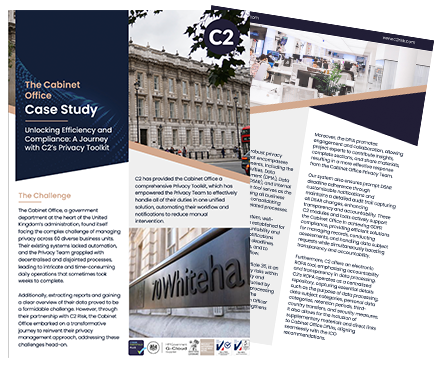C2 Risk Home
Award Winning Risk Management
Protecting today. Preparing for tomorrow.
Vendor Risk Management
Monitor, Plan, Prioritise all your suppliers based on their Risk Severity
and keep track of all remediations, policies and team inputs all in one place
Controls Maturity Assessment
Understand your current Risk Posture and Assess how effective your internal controls are to manage the Identified Risk
Project Risk Management
Monitor, Plan, Prioritise all your project controls based on their Risk Severity and keep track of all remediations, policies and team inputs all in one place!

How we work
The Gold Standard in Risk Management
05 Steps
38Years’ of security Experience
a wealth of expertise
2174
client integrations
2156
global suppliers
9157
remediation findings
9058
submission policies
Case studies
Helping clients across a number of sectors
From offering expert advice to solving complex problems we’ve got you covered
Client Testimonials
Managing risk for big names all over the world
Award winning supply chain security. Get started with C2 today
Learn more about the latest in Cyber Security & Vendor Risk Management
Industry Insights & C2 In the News

Driving Progress in Cybersecurity & Risk Management: Q&A with CEO Will Jackson
We caught up with Will Jackson, CEO of C2 Risk, to delve into his transition into risk management and pioneering role in …
Case Study Download
Discover how we supported The Cabinet Office to streamline their privacy management
5.0/5.0
excellent customer feedback score

































